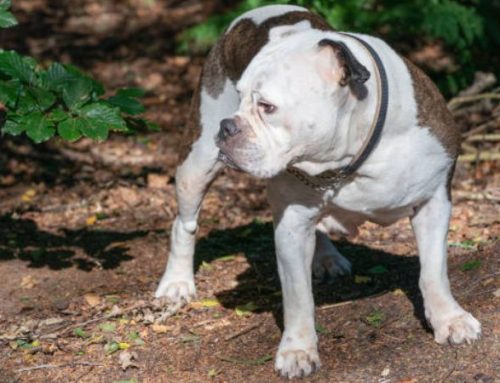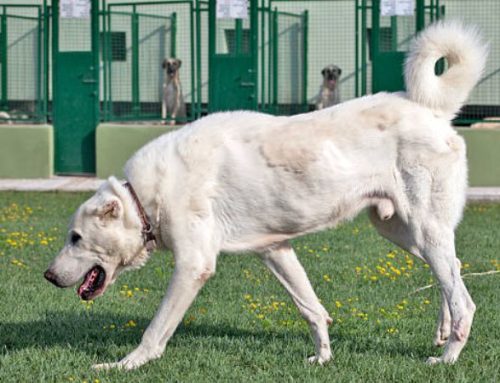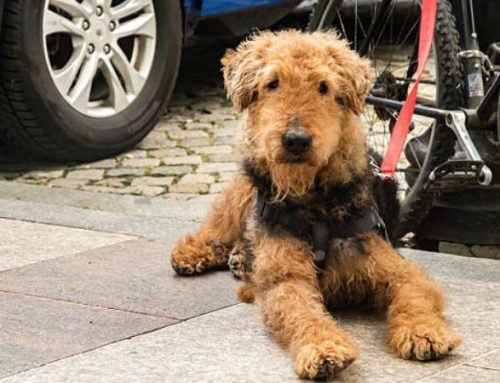Welcoming a dog into your home means taking on the joyful responsibility of helping them learn how to navigate the world. Training isn’t just about teaching commands it’s how you build trust, strengthen your bond, and create a calmer, happier life together.
If you’re hoping for a dog that naturally takes to learning Nexus Pets has put together the Top 20 Easiest Dogs to Train, making it easier to find a companion who’s both eager to please and a pleasure to teach.
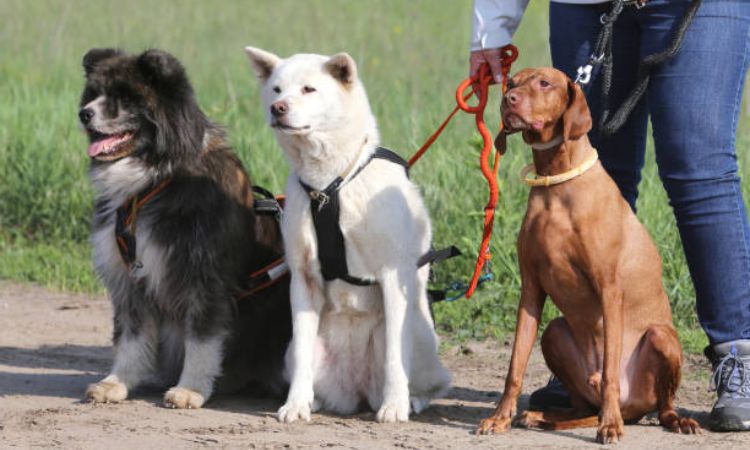
What Makes a Dog Easy to Train?
Some dogs seem to pick up new commands effortlessly, while others require more patience and repetition. The difference often comes down to a combination of key traits that make certain breeds naturally easier to train.
Intelligence plays a major role. Highly intelligent breeds—such as Border Collies, Poodles, and German Shepherds can quickly understand patterns, decipher cues, and connect actions with rewards. These dogs were historically bred for tasks that demanded close communication with humans, like herding, retrieving, and guarding, so their minds are naturally wired for learning.
Another critical trait is an eagerness to please. Breeds like Golden Retrievers and Labrador Retrievers are deeply motivated by human approval, making them far more receptive to training sessions. Dogs that genuinely enjoy working with people tend to respond quickly to cues and thrive when given structured activities.
Consistency in behavior and temperament also influences trainability. Dogs with stable, predictable temperaments find it easier to focus, even in stimulating environments. Calm, even-tempered dogs are less likely to be distracted by anxiety, stress, or excessive energy, allowing them to learn more efficiently.
Early socialization and positive reinforcement magnify these traits. Puppies exposed to new sights, sounds, people, and experiences during their critical developmental window gain confidence that makes training smoother later on. Reward-based methods treats, praise, toys, and play help dogs associate learning with positive outcomes, reinforcing behaviors more effectively than punishment ever could.
When comparing easy-to-train breeds with more challenging ones, the distinction becomes clear. Trainable breeds tend to be people-focused, attentive, and adaptable, while harder-to-train breeds—such as scent hounds or independent working dogs may prioritize instinctual behaviors like tracking or guarding over human cues. It doesn’t mean they’re “less intelligent”; rather, they’re simply motivated by different instincts.
If you’re trying to recognize a trainable temperament in a puppy or adult dog, look for a few signs:
- The dog makes eye contact and frequently checks in with humans.
- They show curiosity without excessive fearfulness.
- They recover quickly from surprises or new experiences.
- They respond well to treats and praise.
- Their energy level is balanced—not overly hyper, but not disengaged.
- They show interest in exploring new tasks or solving simple challenges.
A trainable dog is one that enjoys interaction, thrives on structure, and sees learning as an opportunity not a burden. With the right approach and consistent effort, these dogs become incredibly rewarding companions, ready to share in every activity and adventure.
Top 20 Easiest Dog Breeds to Train
1. Border Collie
Border Collies are widely regarded as one of the most intelligent dog breeds, often topping rankings for problem-solving ability and working aptitude. Originally bred to herd livestock, they possess an instinctive drive to follow instructions and respond to human guidance. This combination of intelligence and willingness to please allows them to master complex commands, excel in dog sports like agility and obedience competitions, and learn advanced tricks faster than most breeds.
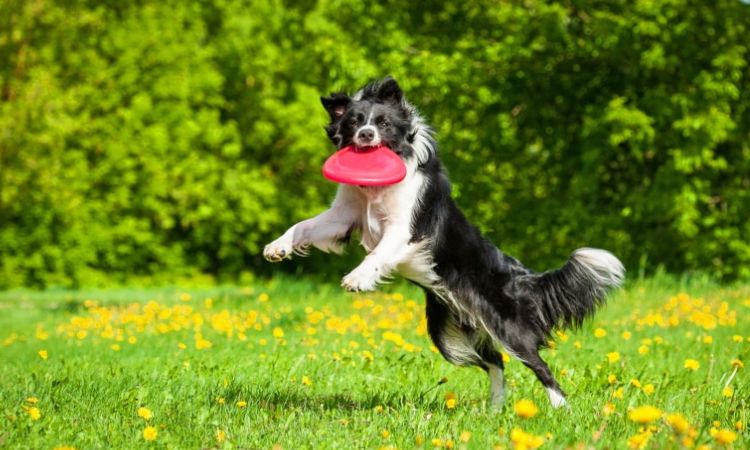
Training Tips:
- Provide plenty of mental stimulation through puzzle toys, obedience exercises, or herding games.
- Short, frequent sessions work better than long, drawn-out training.
- Avoid leaving them idle for long periods; boredom can lead to destructive behavior.
Ideal For: Active households, experienced dog owners, or anyone wanting a dog that thrives on mental challenges and structured training.
2. Poodle (Standard, Miniature, Toy)
Poodles are highly versatile dogs whose intelligence and adaptability make them exceptional learners. Although often associated with city life or show competitions, their heritage as water retrievers gives them a natural work ethic and eagerness to learn. Standard, miniature, and toy poodles are all quick to pick up new commands, enjoy problem-solving games, and thrive when rewarded with positive reinforcement. Their enthusiasm for learning, combined with an affectionate and people-oriented personality, ensures that training is often a joyful bonding experience.

Training Tips:
- Use a combination of treats, praise, and interactive play to maintain motivation.
- Introduce new tricks gradually to avoid overstimulation.
- Engage their minds daily with varied activities like scent work, fetch, or agility courses.
Ideal For: Families, apartment dwellers, or owners looking for an intelligent companion that enjoys both indoor and outdoor activities.
3. Golden Retriever
Golden Retrievers are widely loved for their gentle temperament, patience, and strong desire to please their owners. These qualities, coupled with high intelligence, make them highly responsive to training and easy to integrate into family life. Their natural social instincts and friendly behavior allow them to adapt quickly to new environments and routines, while their enthusiasm for learning makes even advanced commands manageable. Goldens are also particularly food-motivated, which can help reinforce positive behaviors during training.
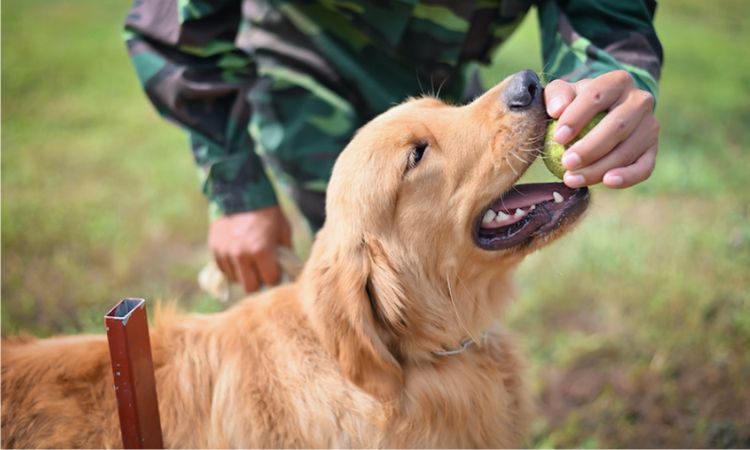
Training Tips:
- Keep sessions upbeat and reward-based to maximize engagement.
- Include socialization exercises early on to maintain confidence around strangers and other animals.
- Mix physical exercise with obedience work to balance mental and physical stimulation.
Ideal For: Families with children, first-time dog owners, or anyone seeking a cooperative and affectionate companion.
4. Labrador Retriever
Labrador Retrievers share many characteristics with Golden Retrievers, including friendliness, intelligence, and an inherent willingness to cooperate. They are often chosen as guide dogs, therapy dogs, and service animals due to their ability to quickly learn commands, retain information, and maintain calm under pressure. Their strong retrieving instincts, paired with high energy levels, make them highly trainable in both structured obedience classes and playful home training sessions. With the right guidance, Labs can learn a wide variety of skills, from basic manners to complex tricks or tasks.
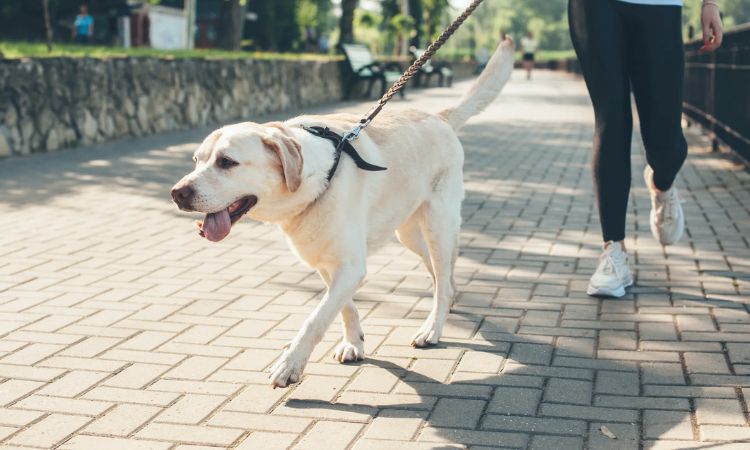
Training Tips:
- Incorporate food, toy, or praise rewards to encourage positive behaviors.
- Provide ample exercise to channel energy and maintain focus.
- Gradually increase the difficulty of tasks to keep them challenged without overwhelming them.
Ideal For: Active families, service work, therapy programs, or any household wanting a reliable, intelligent, and affectionate dog.
5. German Shepherd
German Shepherds are one of the most versatile and trainable breeds, excelling in police work, military service, search-and-rescue missions, and as loyal family companions. Their combination of intelligence, loyalty, and protective instincts makes them highly receptive to training, particularly when structured with clear commands and consistent routines. German Shepherds thrive on mental challenges and develop strong bonds with owners who provide leadership, physical activity, and positive reinforcement. While they are naturally alert and protective, proper socialization ensures that these instincts remain balanced and manageable.
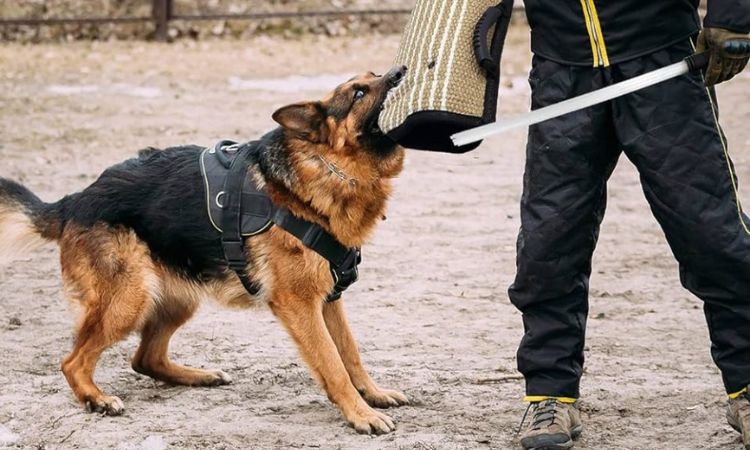
Training Tips:
- Use structured routines and consistent commands for best results.
- Include socialization exercises early to encourage confidence with new people and environments.
- Combine physical workouts with mental tasks to keep them focused and content.
Ideal For: Experienced dog owners, households seeking a loyal protector, or anyone ready to provide consistent engagement, exercise, and mental stimulation.
6. Papillon
Papillons may be small in stature, but they possess remarkable intelligence and energy that rival much larger breeds. Their signature butterfly-like ears are matched by an equally vibrant personality, making them both affectionate companions and enthusiastic learners. Originally bred as lapdogs for European nobility, Papillons are highly people-oriented and thrive on interaction and engagement. Their quick thinking and agility make them excellent competitors in obedience and agility contests, often outperforming larger breeds in precision and responsiveness.
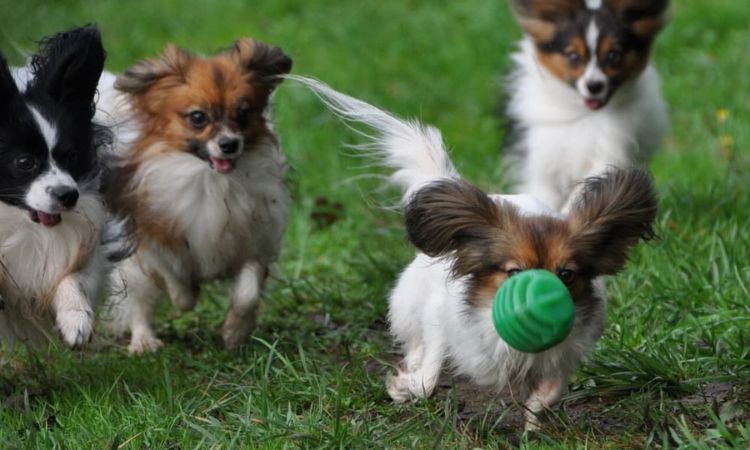
Training Tips:
- Keep sessions brief but frequent to maintain focus.
- Use positive reinforcement, such as treats or praise, to motivate learning.
- Provide mental stimulation through puzzle toys or interactive games to prevent boredom.
Ideal For: Apartment dwellers, small families, and owners seeking a lively yet trainable small breed.
7. Shetland Sheepdog (Sheltie)
The Shetland Sheepdog, commonly called a Sheltie, is a medium-small herding breed that thrives in structured environments. Known for being highly attentive, eager to please, and exceptionally trainable, Shelties excel at obedience, agility, and dog sports. Their natural intelligence and sensitivity allow them to respond accurately to verbal commands, hand signals, and even subtle cues from their owners. Shelties develop deep bonds with their human families, which enhances their willingness to follow instructions consistently.
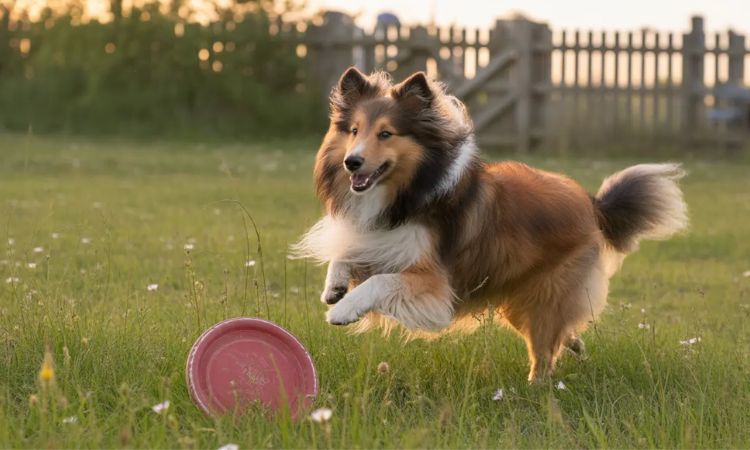
Training Tips:
- Provide consistent routines and clear commands to maximize responsiveness.
- Incorporate agility or herding exercises to satisfy their working instincts.
- Socialize early to encourage confidence and prevent shyness around strangers.
Ideal For: Active families, households with prior dog experience, and anyone seeking a focused, responsive companion.
8. Doberman Pinscher
Dobermans are widely recognized as one of the most intelligent and loyal guardian breeds. They combine a strong protective instinct with a desire to please, making them highly trainable when introduced to clear, consistent guidance. While they can seem intimidating due to their imposing stature, Dobermans are sensitive and responsive to positive reinforcement. When trained properly, they excel in obedience, protection work, and even advanced canine sports. Their sharp intellect allows them to quickly learn commands, making them excellent choices for owners committed to structured and consistent training.
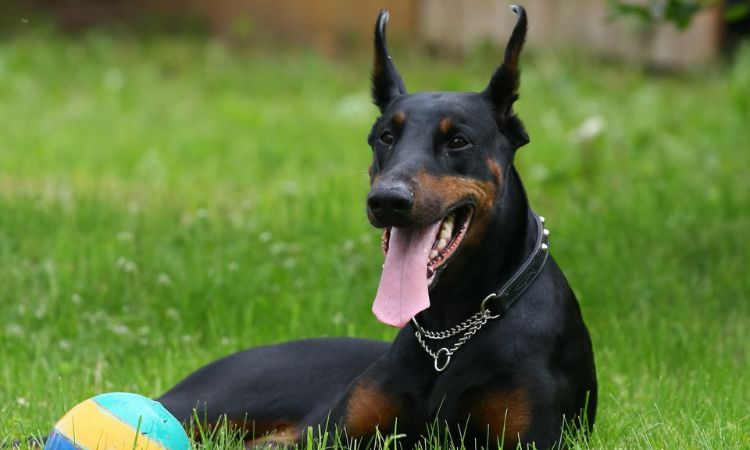
Training Tips:
- Use firm but fair commands combined with praise to encourage cooperation.
- Begin socialization and obedience training at an early age to establish confidence.
- Include daily mental and physical challenges to prevent boredom or destructive behavior.
Ideal For: Experienced owners, active households, and anyone seeking a devoted, intelligent guardian with a strong work ethic.
9. Pembroke Welsh Corgi
Pembroke Welsh Corgis are energetic, alert, and remarkably obedient, qualities that make them highly trainable despite their compact size. Originally bred for herding cattle, they have retained a natural instinct to focus, follow directions, and perform tasks efficiently. Their sociable, loyal nature ensures they bond closely with their owners, and their eagerness to please allows them to pick up new commands and routines quickly. Corgis respond particularly well to reward-based training and enjoy activities that challenge both their mind and body.
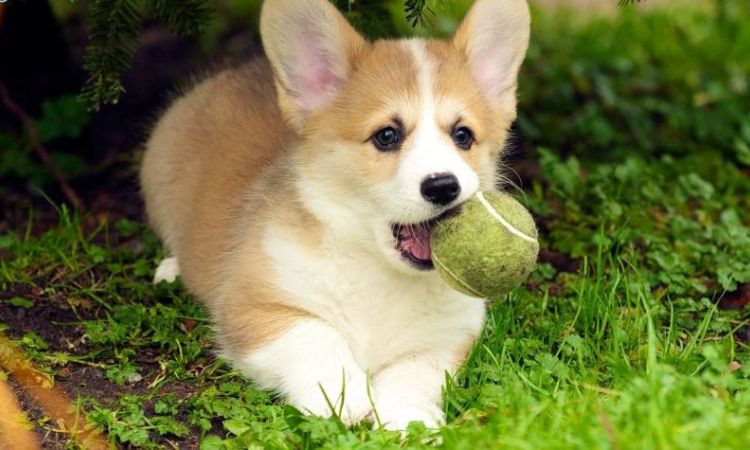
Training Tips:
- Provide daily physical exercise to expend energy before training sessions.
- Keep commands clear and consistent to reinforce good behavior.
- Encourage mental engagement with puzzle toys, fetch, or herding games.
Ideal For: Families, active couples, and individuals seeking a small, smart, and obedient breed that thrives on interaction and structured activity.
10. Miniature Schnauzer
The Miniature Schnauzer is a small, spirited breed with a cheerful disposition and a natural aptitude for learning. Known for their intelligence, alertness, and eagerness to interact with humans, Schnauzers respond quickly to training and readily adapt to household routines. Their curiosity and playfulness make training sessions fun and productive, while their loyalty ensures they strive to meet their owners’ expectations. Though small, Miniature Schnauzers are confident, energetic, and excel in obedience, agility, and trick training.

Training Tips:
- Maintain short, interactive sessions to capitalize on their focus.
- Use consistent positive reinforcement to build lasting behavioral habits.
- Introduce basic commands first, then gradually progress to advanced tricks or agility tasks.
Ideal For: Apartment or house dwellers, families with children, and owners seeking a small, intelligent, and responsive companion that adapts well to training routines.
11. Australian Shepherd
Australian Shepherds are renowned for their intelligence, athleticism, and boundless energy. Originally bred as herding dogs, they thrive when given a job or challenge to focus on, making training sessions both essential and enjoyable. Their sharp minds and eagerness to work allow them to quickly pick up new commands, tricks, and advanced obedience routines. Because of their energy levels, Aussies benefit from combining physical exercise with mental challenges, such as agility courses or interactive puzzle games, which keep them focused and satisfied.

Training Tips:
- Incorporate daily physical activity to release excess energy before formal training.
- Use consistent verbal cues and hand signals to strengthen understanding.
- Reward promptly with treats or praise to maintain motivation.
Ideal For: Active households, dog sports enthusiasts, and anyone seeking a highly intelligent, responsive, and energetic companion.
12. Rottweiler
Rottweilers are powerful, loyal, and deeply attached to their families. Despite their imposing appearance, they can be highly obedient and well-mannered when trained with consistency, patience, and positive reinforcement. Rottweilers excel when owners provide clear boundaries and structured guidance, and they respond best to routines that combine mental challenges with physical exercise. Known for their protective instincts, Rottweilers also thrive when given tasks that engage their minds and allow them to contribute to the household dynamic.
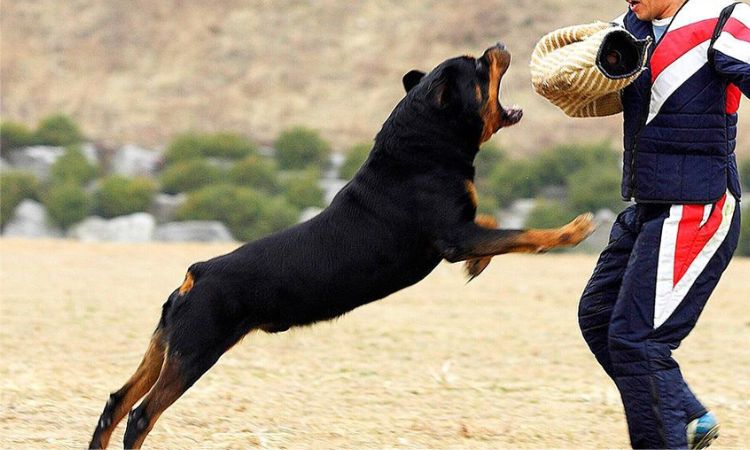
Training Tips:
- Begin obedience training early to establish firm, respectful boundaries.
- Combine mental stimulation with physical workouts to prevent boredom-related behaviors.
- Maintain calm, confident leadership; avoid harsh punishments that may reduce trust.
Ideal For: Experienced owners, families seeking a devoted guardian, and active individuals who can dedicate time to consistent training.
13. Belgian Malinois
The Belgian Malinois is an exceptionally intelligent, high-energy breed often chosen for professional work such as police detection, search-and-rescue, and protection tasks. Their focus, drive, and willingness to follow commands make them incredibly trainable, but they require a confident, consistent, and experienced handler. Malinois are happiest when engaged in structured training and challenging activities, and they thrive in households that can meet their physical and mental stimulation needs daily.
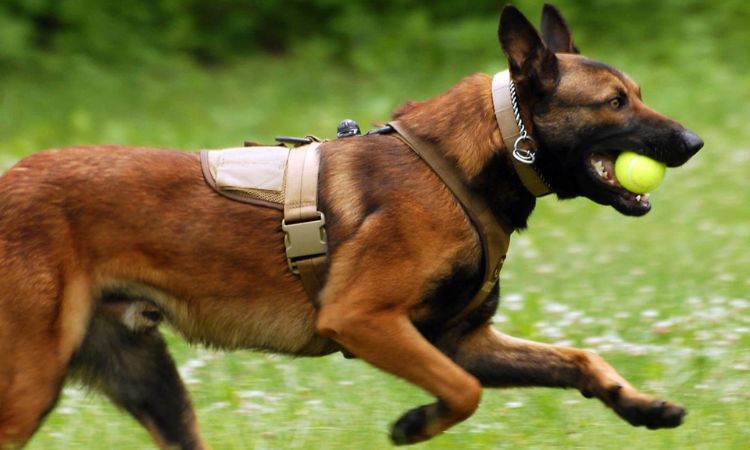
Training Tips:
- Introduce early socialization to prevent overprotectiveness or stress-related behaviors.
- Use short, frequent training sessions to match their intense focus and energy.
- Engage them in advanced obedience or scent/detection work to keep them motivated.
Ideal For: Highly active households, professional working dog enthusiasts, and owners experienced with intelligent, driven breeds.
14. Cocker Spaniel
Cocker Spaniels are cheerful, affectionate, and highly responsive to positive reinforcement, making them excellent companions for families and first-time dog owners. Known for their gentle nature and desire to please, Cockers learn commands quickly and adapt well to household routines. They also enjoy structured activities such as obedience classes, scent games, and agility courses, which help channel their natural energy and intelligence.
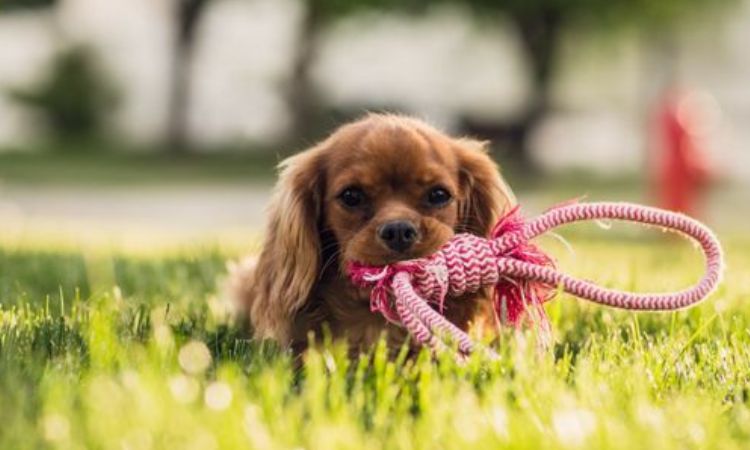
Training Tips:
- Use consistent, gentle commands paired with praise or treats to encourage learning.
- Keep sessions short and engaging to maintain focus.
- Regularly provide physical exercise and mental games to reduce restlessness.
Ideal For: Families with children, apartment dwellers seeking a medium-energy companion, and owners who enjoy interactive play and training.
15. Vizsla
Vizslas are affectionate, sensitive, and highly attuned to their owners’ cues, which makes them one of the easiest breeds to train for those committed to daily engagement. Originally bred as hunting dogs, Vizslas are energetic, eager to please, and responsive to consistent guidance. They form strong bonds with their human companions, thriving on shared activities and mental stimulation. This breed responds particularly well to positive reinforcement, and incorporating structured training into their active lifestyle ensures both physical and psychological satisfaction.
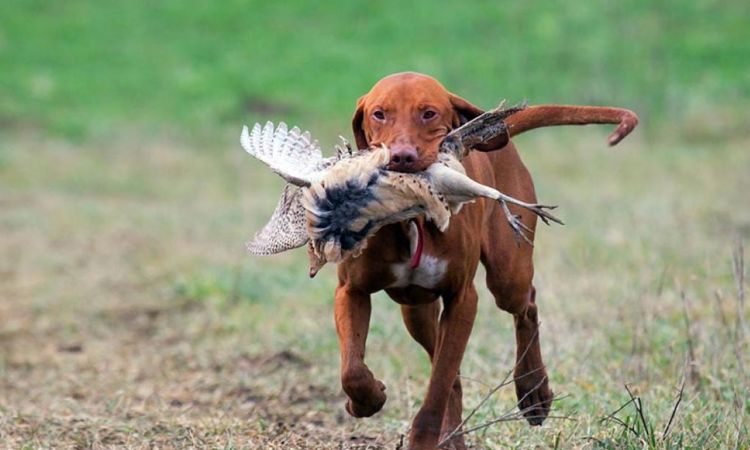
Training Tips:
- Engage in high-energy activities such as running, fetch, or hiking to complement training.
- Reinforce commands consistently with rewards or verbal praise.
- Provide interactive tasks that challenge both mind and body to prevent boredom.
Ideal For: Active couples, outdoor enthusiasts, and families looking for a loyal, intelligent, and highly trainable companion who thrives on human interaction.
16. Bernese Mountain Dog
Bernese Mountain Dogs are known for their calm, patient, and gentle temperament, making them excellent companions for families and first-time dog owners. Despite their large size, these dogs are highly sensitive to their owner’s tone and body language, responding best to calm, consistent, and encouraging training techniques. Berners excel at obedience, therapeutic activities, and tasks that require patience and focus. They thrive in environments where learning is combined with positive experiences, such as treats, praise, or engaging games.
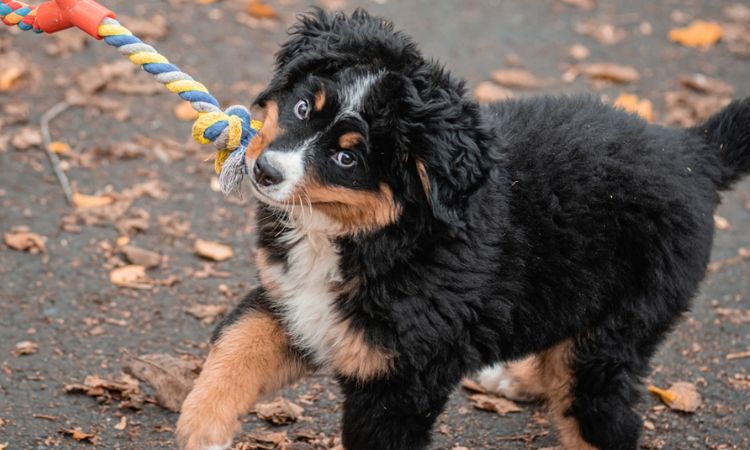
Training Tips:
- Begin with basic obedience commands early to establish a solid foundation.
- Keep training sessions short and positive to match their attention span.
- Encourage gentle interaction and socialization to build confidence and trust.
Ideal For: Families seeking a loyal, patient, and adaptable companion capable of learning tasks and participating in everyday activities.
17. English Springer Spaniel
English Springer Spaniels are energetic, sociable, and eager to please, making them one of the most versatile and trainable sporting breeds. Originally bred as hunting companions, Springers have excellent scenting abilities and love participating in structured tasks and dog sports. Their friendly disposition and natural curiosity make training enjoyable and rewarding for both dog and owner. These dogs thrive when offered a mix of mental challenges and physical activity, allowing them to expend energy while mastering new skills.
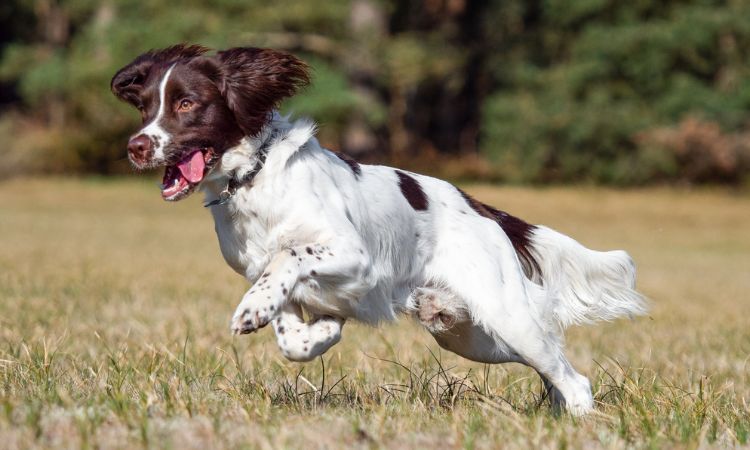
Training Tips:
- Integrate scent games, retrieval exercises, and obedience tasks to keep sessions stimulating.
- Use consistent verbal commands and rewards to reinforce learning.
- Provide daily exercise to ensure focus and minimize restlessness during training.
Ideal For: Active families, hunters, and owners who enjoy engaging in interactive training or agility activities.
18. Havanese
Havanese are small, intelligent, and affectionate dogs, well-suited to family life and indoor living. Despite their compact size, they have a sharp mind and an eagerness to learn, which makes them highly responsive to training in obedience, tricks, and house manners. Their friendly disposition and sensitivity to human cues allow them to bond quickly with their owners, and they excel in environments where training is consistent, fun, and positive.
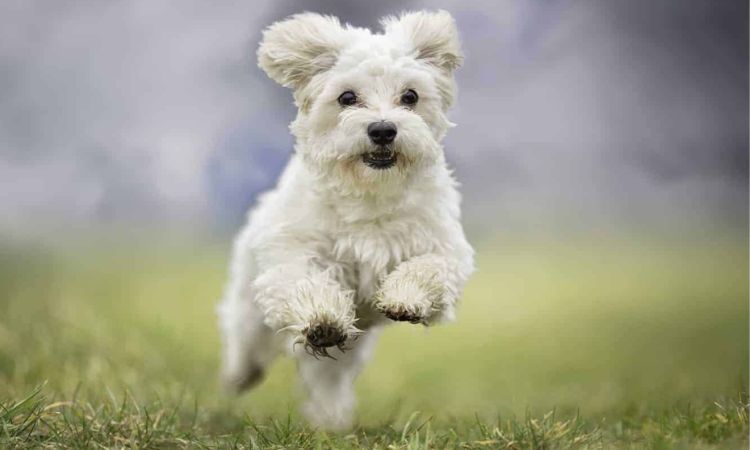
Training Tips:
- Use praise, gentle commands, and small treats to reinforce positive behaviors.
- Socialize early to develop confidence around new people and pets.
- Include short, engaging sessions to prevent boredom and maintain focus.
Ideal For: Apartment dwellers, families with children, or anyone seeking a playful, trainable companion who thrives on social interaction.
19. Standard Schnauzer
The Standard Schnauzer is a medium-sized, alert, and highly intelligent breed, known for its versatility and strong work ethic. Originally bred as guard and farm dogs, Standard Schnauzers are quick learners, responsive to structured training, and motivated by positive reinforcement. They enjoy tasks that challenge their minds, such as obedience routines, agility courses, or tracking games, and they form strong bonds with owners who provide consistent guidance and mental engagement.
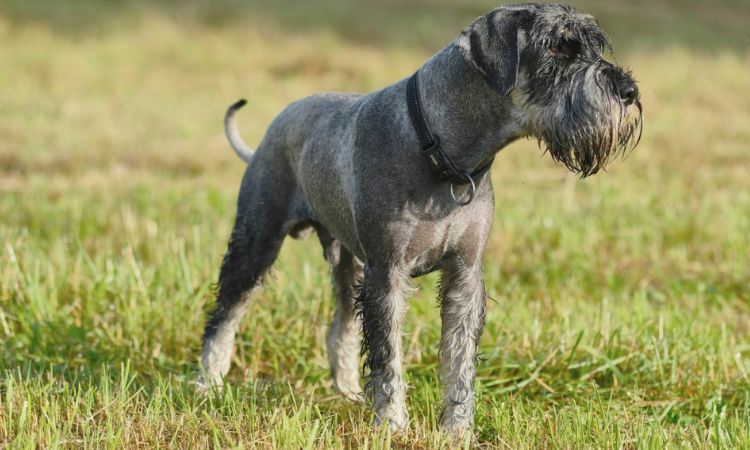
Training Tips:
- Incorporate a variety of activities to keep them mentally stimulated.
- Maintain clear rules and routines to enhance their understanding and responsiveness.
- Reward successes immediately to strengthen learning.
Ideal For: Owners seeking an intelligent, alert, and adaptable companion that thrives on structure and enjoys participating in active tasks.
20. Toy Fox Terrier
Toy Fox Terriers are small but confident dogs with a lively and engaging personality. Their sharp intelligence, curiosity, and eagerness to please make them extremely receptive to training, including obedience, tricks, and agility games. Despite their tiny stature, they possess remarkable courage and focus, making them ideal for households that can provide structured, fun, and consistent training sessions.

Training Tips:
- Use interactive games and positive reinforcement to maintain interest.
- Introduce basic obedience routines early to establish good habits.
- Encourage mental challenges and puzzle toys to stimulate their clever minds.
Ideal For: Individuals or families seeking a spirited, trainable, and affectionate small dog who thrives on attention and structured activities.
Conclusion
The breeds highlighted here are intelligent, eager to please, and quick learners, making training smoother and more rewarding. With consistent, positive reinforcement and regular mental and physical exercise, these dogs adapt well to your home and lifestyle. They thrive when challenged, forming strong bonds with their owners while becoming reliable, well-behaved companions.
Related Reads:


